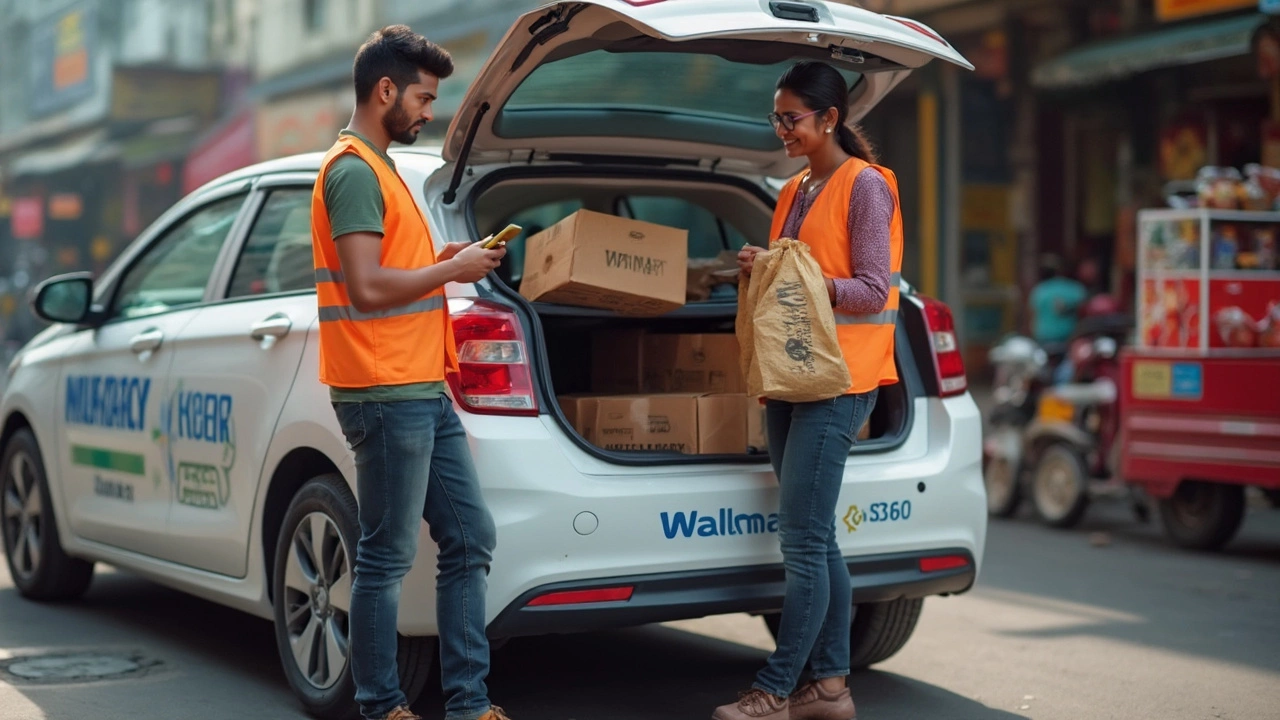Walmart Spark Driver: How to Start, Earn, and Succeed
Thinking about hitting the road for Walmart Spark? You’re not alone. Thousands of drivers are looking for flexible work that pays well, and Walmart’s platform makes it easy to jump in. In this guide we’ll walk through the basics, from signing up to boosting your per‑mile earnings, and throw in a few logistics tricks you’ll pick up along the way.
Getting Started as a Walmart Spark Driver
The first step is downloading the Spark Driver app on your Android or iOS device. The app walks you through a quick background check, a short vehicle inspection, and a verification of your driver’s license. Once cleared, you can set your availability in 15‑minute blocks—perfect for fitting shifts around other jobs or school.
When a delivery request pops up, you’ll see the route, the total miles, and the expected payout. Accept the job, follow the in‑app GPS, and you’re on your way. The app also lets you scan the barcode on each package, so customers get real‑time tracking updates without you lifting a finger.
Walmart expects your vehicle to be in good shape: no major dents, working lights, and enough cargo space for typical grocery orders. A midsize sedan or compact SUV works fine; you don’t need a massive van unless you want to tackle bulk orders.
Boosting Your Earnings and Efficiency
Pay for Walmart Spark drivers is calculated per mile, plus a small handling fee for each stop. To maximize earnings, plan your routes during off‑peak hours when traffic is light. The app’s “smart routing” feature highlights high‑volume neighborhoods, so you can batch several deliveries together and cut down on dead mileage.
Tip: keep a small cooler in your car for temperature‑sensitive items. Customers love it, and happy customers often leave higher tips. Also, make sure your phone’s battery is fully charged; a dead phone means missed orders and lost money.
Another easy win is to watch the “rate per mile” dashboard in the app. If a particular zone is offering a higher rate, shift your availability toward that area. Rates can change daily based on demand, so a quick glance each morning can save you a few extra dollars per shift.
Beyond the basics, understanding a bit of logistics helps. Knowing how a Warehouse Management System (WMS) works gives you insight into why certain items are grouped together, which in turn speeds up your loading time. Familiarity with last‑mile delivery concepts also lets you anticipate common hiccups—like missed gate codes or apartment complex restrictions—so you can address them before they become delays.
Finally, stay safe. Follow speed limits, keep your phone mounted, and take short breaks if you feel fatigued. Safety isn’t just a rule; it’s the backbone of a reliable delivery career and keeps your insurance rates low.
Ready to hit the road? Grab the Spark Driver app, clear the quick onboarding steps, and start earning per mile on your own schedule. Need more deep‑dive articles on driver pay, last‑mile challenges, or warehouse tech? Check out our other guides for practical tips that keep your logistics game strong.
Walmart Spark Driver: What It’s Really Like Delivering for Walmart
Curious about being a Walmart Spark driver? This article breaks down exactly how the job works, the daily routine, and what drivers actually do. Find out how much you can make, what makes the Spark platform unique, and what you'll need before signing up. Get tips from real experiences so you know exactly what to expect. Everything you’ve wanted to know about Walmart’s delivery gig—no sugarcoating.
Read More